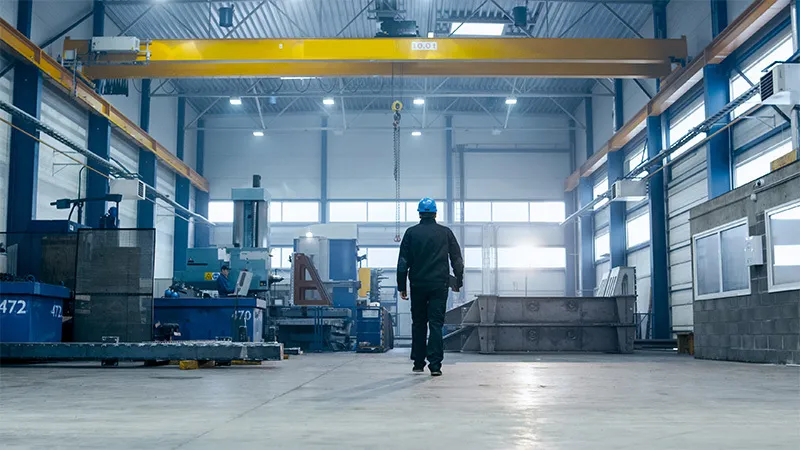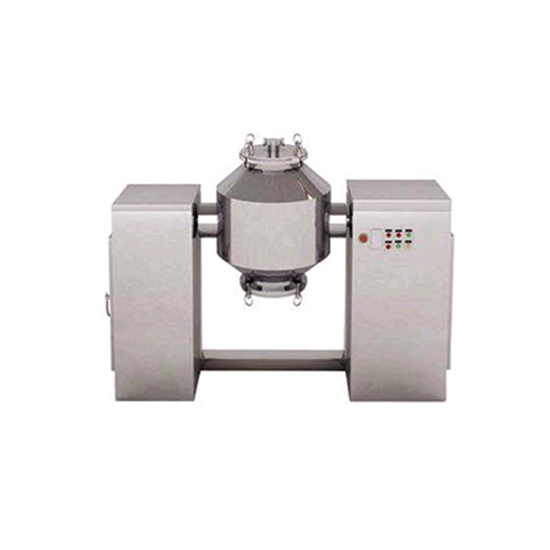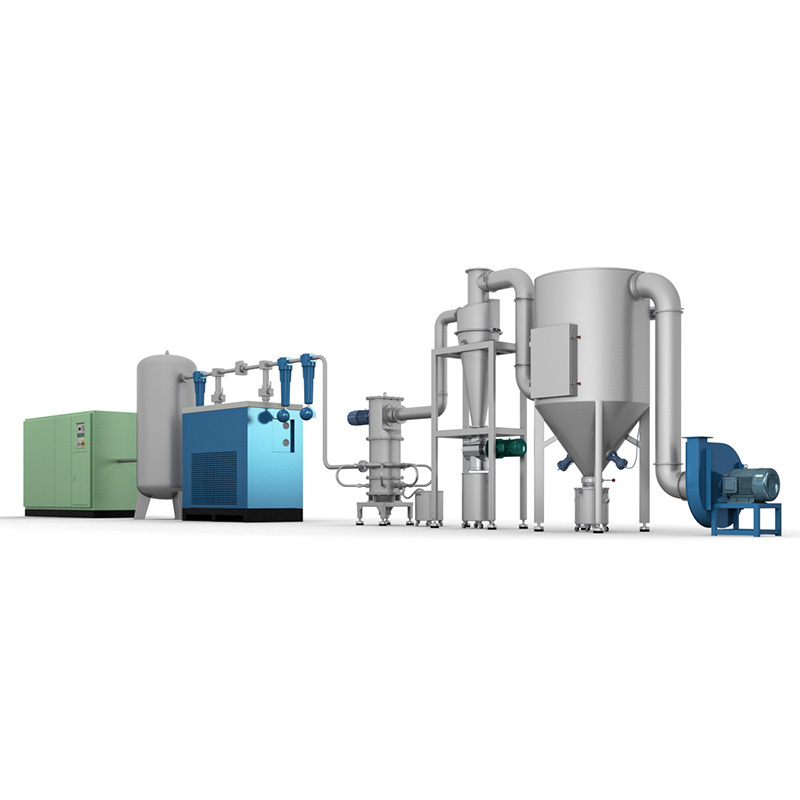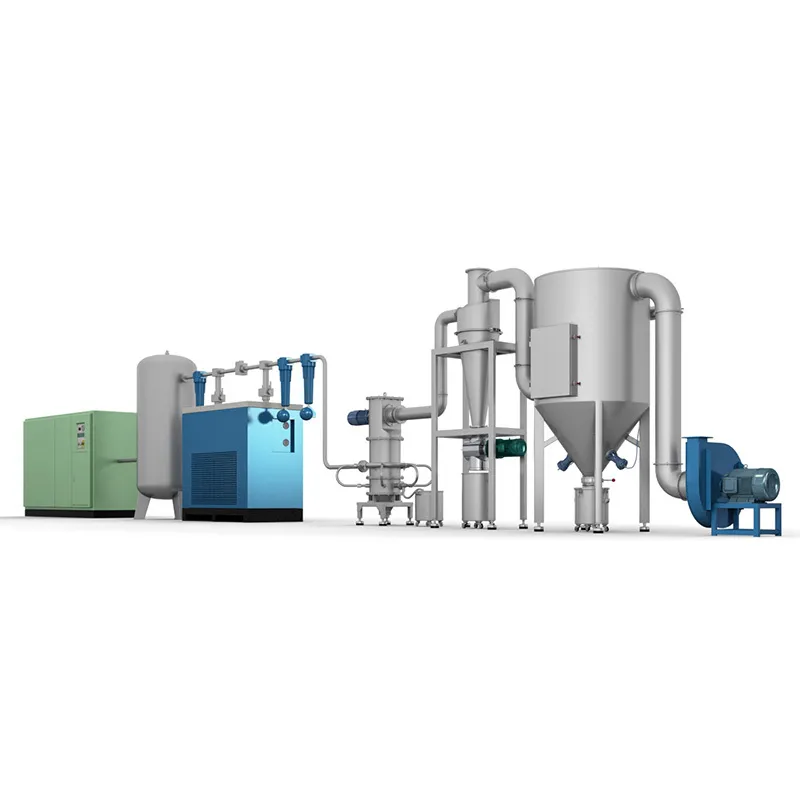NEWS
How to Optimize Efficiency and Cost-effectiveness with a Dry Powder Mixer
Oct 31,2023
1. Introduction: Understanding the Importance of Efficiency and Cost-effectiveness with a Dry Powder Mixer
Efficiency and cost-effectiveness are crucial factors in any manufacturing or processing industry. The ability to optimize these aspects can make a significant difference in the overall success of your operations. When it comes to mixing dry powders, a well-designed and properly used dry powder mixer can play a pivotal role in achieving these goals.
2. Choosing the Right Dry Powder Mixer: Factors to Consider
Selecting the appropriate dry powder mixer for your specific needs is the first step in optimizing efficiency and cost-effectiveness. Consider factors such as the type of powders you will be working with, desired mixing capacity, mixing speed, and the level of automation required. Opt for a mixer that offers versatile functionality, easy maintenance, and a high level of precision.
3. Setting Up the Dry Powder Mixer for Optimal Performance
Proper setup is essential to ensure the optimal performance of your dry powder mixer. Begin by installing the mixer in a well-ventilated area with adequate space for operation and maintenance. Follow the manufacturer's instructions for configuring the mixer's settings, including speed, mixing time, and any additional parameters. Regularly calibrate and fine-tune the mixer to maintain consistency and accuracy.
4. Best Practices for Loading and Unloading Dry Powders
Loading and unloading dry powders efficiently can significantly impact productivity and minimize wastage. Start by accurately measuring the required quantity of each powder and ensure consistent particle size distribution to achieve uniform mixing. Use appropriate equipment, such as scoops or precision dosing systems, to minimize spillage and cross-contamination. When unloading, employ methods that minimize powder loss and promote cleanliness.
5. Maintaining and Cleaning the Dry Powder Mixer: Tips and Tricks
Regular maintenance and cleaning of your dry powder mixer are essential for its longevity and optimal performance. Schedule routine inspections to identify and address any wear and tear, loose components, or signs of malfunction. Clean the mixer thoroughly after each use to prevent cross-contamination and residue buildup. Follow manufacturer guidelines for specific cleaning procedures, including disassembly and reassembly if necessary.
6. Troubleshooting Common Issues with a Dry Powder Mixer
Even with proper maintenance and care, occasional issues may arise with your dry powder mixer. Familiarize yourself with common problems such as uneven mixing, motor overheating, or vibration. Troubleshoot these issues promptly by referring to the manufacturer's manual or seeking expert assistance. Regularly inspect and replace worn-out parts to avoid significant downtime and costly repairs.
7. Frequently Asked Questions
7.1 How does a dry powder mixer work?
A dry powder mixer operates on the principle of agitation, where powders are combined and mixed through mechanical forces. The mixer's blades or paddles rotate, creating a tumbling or fluidizing motion that facilitates thorough blending of the powders.
7.2 What are the advantages of using a dry powder mixer?
Using a dry powder mixer offers several advantages, including faster mixing times, improved product consistency, reduced labor costs, and enhanced efficiency. It also minimizes the risk of contamination and allows for precise control over the mixing process.
7.3 Can I mix different types of dry powders together?
Yes, a dry powder mixer can mix different types of dry powders together, provided they are compatible. However, it is crucial to consider factors such as particle size, density, and chemical reactivity to ensure safe and effective blending.
7.4 How often should I clean the dry powder mixer?
The frequency of cleaning depends on the specific requirements of your process and the type of powders being mixed. However, a general guideline is to clean the mixer thoroughly after each batch or at regular intervals to prevent cross-contamination and maintain hygiene standards.
7.5 What safety measures should I follow when operating a dry powder mixer?
When operating a dry powder mixer, it is essential to follow safety guidelines to protect yourself and others. This includes wearing appropriate personal protective equipment, such as gloves and safety goggles, ensuring proper ventilation, and adhering to lockout/tagout procedures when performing maintenance or cleaning tasks.
8. Conclusion
Optimizing efficiency and cost-effectiveness with a dry powder mixer requires careful consideration of various factors, from selecting the right equipment to implementing best practices. By following the guidelines outlined in this article, you can unlock the full potential of your dry powder mixer and achieve superior results in your mixing processes. Stay proactive in maintenance and troubleshooting, and continuously strive for improvement to maximize your return on investment.
More News










